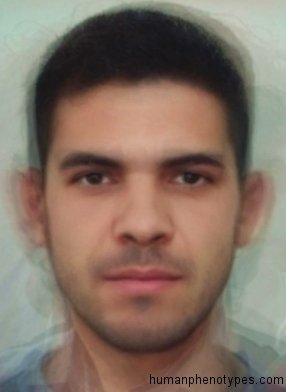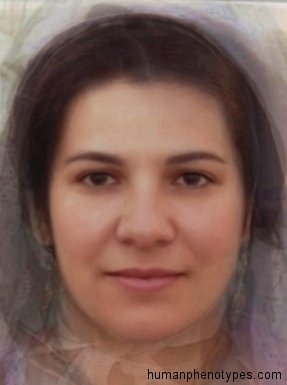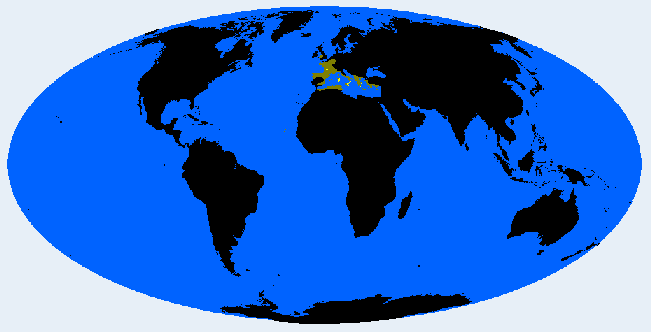Description:
Ancient type, was widespread in Central Europe during the Neolithic, has survived as a minority element in the mountains of the Italian island of Sardinia. Morphologically similar to Berberid, although significantly gracilised and genetically different. Both show a Paleo Mediterranean state. Similar traces exist in Perigord (France), Aegean islands, Eastern Sicily, Southern Calabria, and Southern Turkey.Physical Traits:
Light brown skin, straight to wavy dark, abundant hair. Short, meso- to endomorph, mesoskelic. Chamae- orthocranic, dolichocephalic, rather small-headed. Short, frequently concave, mildly leptorrhine or mesorrhine nose with a depressed bridge. Features coarse, hardly reduced. Face wide and low, significant supraorbital arches, forehead and hairline low, deep-set eyes, prognathy mild, jaw size modest.Literature:
Defined by Cipriani (1934) and adopted by others (Biasutti, 1967; Knussmann, 1996). Analysed by Hanscher and Schmitz (1976) as well as Vondernach (2008). Lundman integrated it in Berid ( 1967, 1988) / Berberid (Lundman, 1952b), Fischer (1943) in Coarse Mediterranid. Sardinians are genetically unique ( CalÚ et al. 2008).





